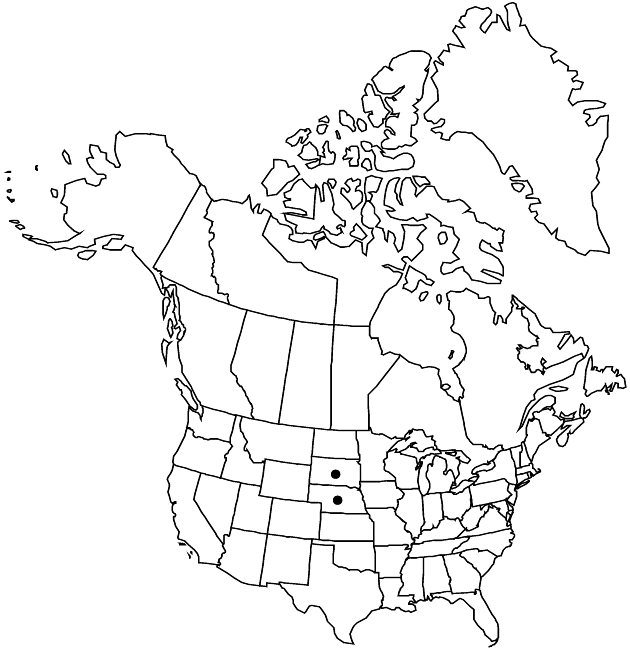Difference between revisions of "Dieteria canescens var. nebraskana"
Sida 20: 1397. 2003.
Basionym: Machaeranthera canescens var. nebraskana B. L. Turner
FNA>Volume Importer |
FNA>Volume Importer |
||
| Line 49: | Line 49: | ||
|publication year=2003 | |publication year=2003 | ||
|special status= | |special status= | ||
| − | |source xml=https://jpend@bitbucket.org/aafc-mbb/fna-data-curation.git/src/ | + | |source xml=https://jpend@bitbucket.org/aafc-mbb/fna-data-curation.git/src/8f726806613d60c220dc4493de13607dd3150896/coarse_grained_fna_xml/V19-20-21/V20_919.xml |
|tribe=Asteraceae tribe Astereae | |tribe=Asteraceae tribe Astereae | ||
|genus=Dieteria | |genus=Dieteria | ||
Revision as of 15:28, 18 September 2019
Biennials or short-lived perennials. Stems usually 1, erect, canescent, sometimes sparsely stipitate-glandular; branches ascending. Mid leaf blades lanceolate to linear-oblanceolate. Peduncles longer to shorter than involucres or 0 (heads sessile). Involucres broadly turbinate, (9–)10–15 mm. Phyllaries in 5–10 series, reflexed, apices usually densely appressed-hairy, sometimes stipitate-glandular, then obscured by hairs. Ray florets pistillate, fertile. Cypselae sparsely to moderately appressed-hairy. 2n = 8.
Phenology: Flowering Aug–Sep.
Habitat: Grasslands, pine forests, usually in sandy soil
Elevation: 1000–1500 m
Discussion
Selected References
None.
Lower Taxa
None.
